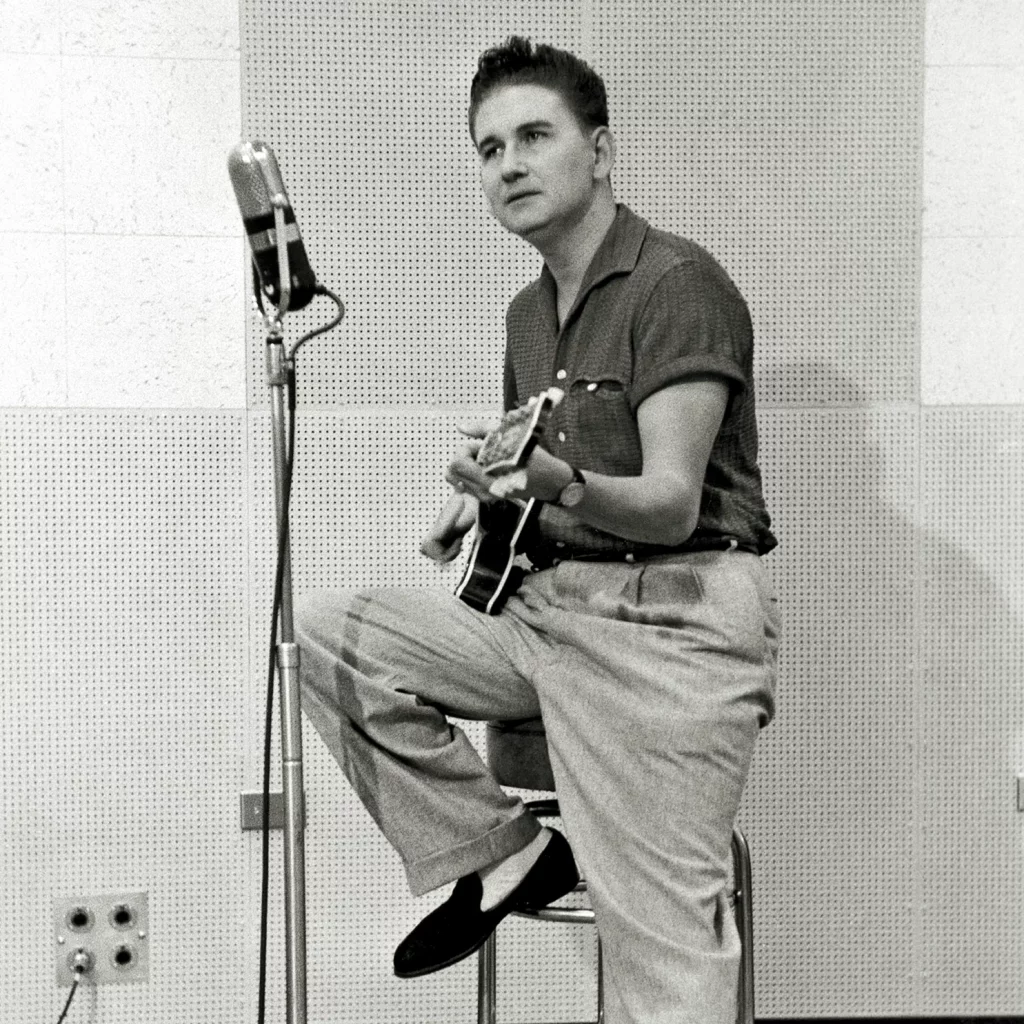
Roy Orbison‘s Early Rockabilly Gem: “Go! Go! Go! (Move On)“
When we think of Roy Orbison, it’s easy to conjure up images of his soulful ballads like “Crying” and “Only the Lonely,” where his operatic voice takes center stage, weaving tales of love and heartbreak. However, what many might overlook is the vibrant and energetic roots of Orbison’s career, particularly his work in the rockabilly genre. One such track that truly encapsulates this early phase of his musical journey is “Go! Go! Go! (Move On).” Released in 1956, this song is a rollicking piece that showcases Orbison’s versatility and hints at the immense talent that would later make him a legend.
“Go! Go! Go! (Move On)” is a far cry from the dramatic, heart-wrenching tunes that would define Orbison’s later years. Instead, it’s a fast-paced, toe-tapping rockabilly number that’s infused with the youthful exuberance of the 1950s. The song’s driving rhythm, combined with Orbison’s distinctive voice, makes it a perfect example of the early rock ‘n’ roll era’s infectious energy. The lyrics, simple yet effective, revolve around a narrative of moving forward and not letting anything or anyone hold you back—a sentiment that resonates with the rebellious spirit of the time.
What makes this song particularly fascinating is how it reflects Roy Orbison‘s beginnings as a rockabilly artist before he transitioned into the more polished, emotional ballads that would define his career. Listening to “Go! Go! Go! (Move On)”, one can hear the raw, unrefined energy that characterizes much of rockabilly music. Yet, even in this early work, Orbison’s vocal prowess is undeniable. His ability to convey emotion, even in a fun, upbeat track like this, is what set him apart from many of his contemporaries.
In many ways, “Go! Go! Go! (Move On)” is a snapshot of a young Roy Orbison finding his voice in the rapidly changing landscape of 1950s music. It’s a testament to his versatility and his ability to adapt to different styles while still maintaining a unique sound. For fans of Orbison, this track offers a delightful glimpse into the early days of his career, a reminder that before the polished, dramatic balladeer we know and love, there was a young, energetic artist eager to make his mark on the world of rock ‘n’ roll.